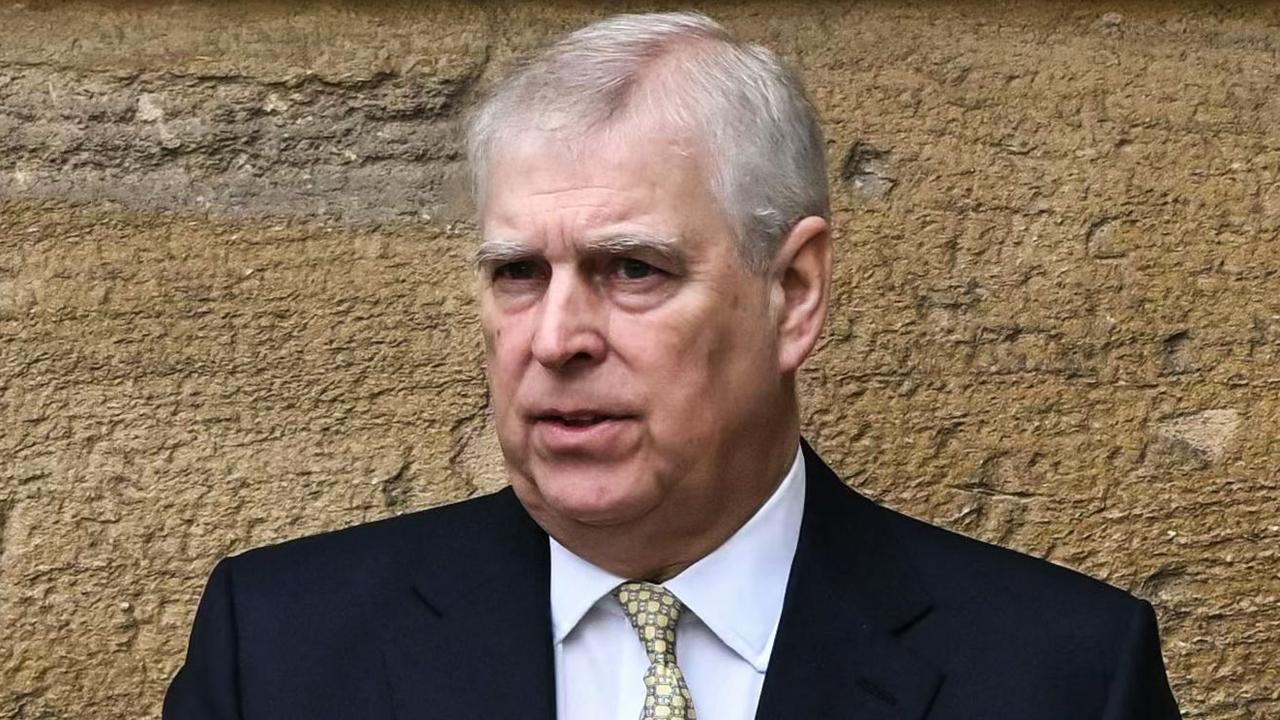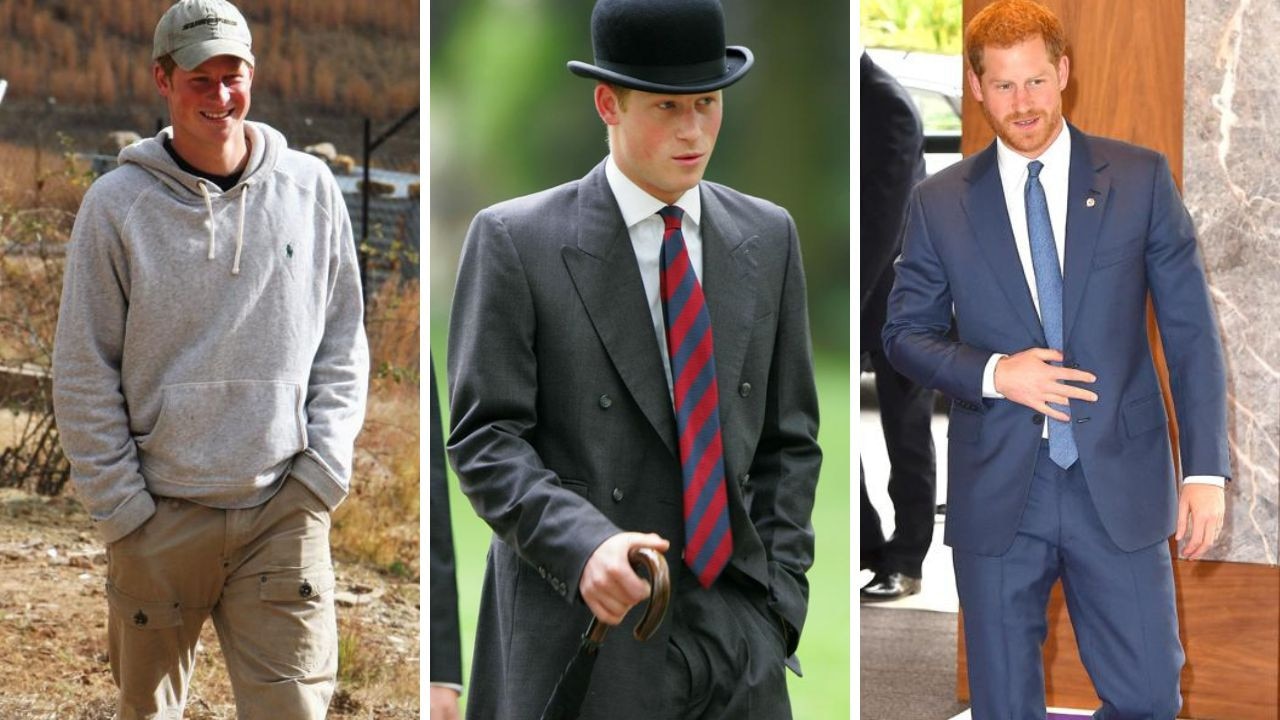How King Charles III has already made massive changes to Royal Family
We’re only a little over a week into the new royal reign – and already, a major transformation has happened within the Royal Family.
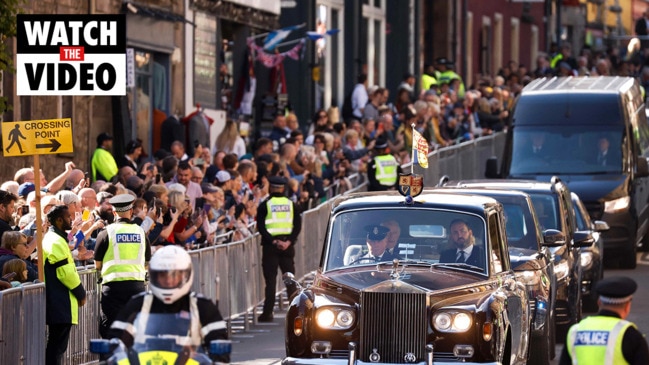
Royals
Don't miss out on the headlines from Royals. Followed categories will be added to My News.
COMMENT
If we needed proof that the Royal Family has finally learned some lessons from its past, it arrived this week.
Back in 1997, one of the few PR missteps by Queen Elizabeth II unfolded amid a crushing outpouring of public grief over the shocking death of Princess Diana in a car accident in Paris.
Members of the public were openly sobbing and wailing in the streets. The crowds outside both Buckingham and Kensington Palaces grew exponentially, day by day.
There was anger, and sadness, and disbelief – and as time went by without a word from the monarch, those heightened emotions began to sharpen their focus.
A full five days later, on September 5, the Queen finally delivered a message to the people, in which she told them, among other things: “I want to pay tribute to Diana myself. She was an exceptional and gifted human being.”
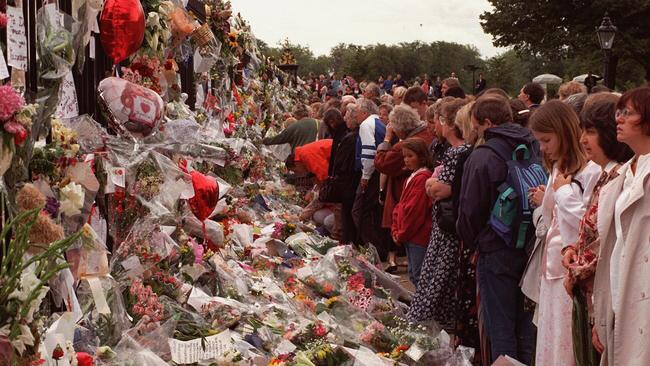
Later, as the dust settled, it transpired that the Queen – who had been holidaying in Scotland with her husband Prince Philip, her son Prince Charles, and the two young princes William and Harry at the time of Diana’s death – had delayed her public statement as she felt “adamant that her place was at Balmoral with her grieving grandsons”.
“This was the first time in a long reign that the Queen was thinking about her family before her people,” royal biographer Tina Brown wrote.
“Her thoughts were with her grandchildren and she wasn’t thinking about how this would be played out in the media.”
Admirable and relatable, certainly, but the damage to the Royal Family was done – and 25 years later, we are finally seeing just how much that impacted them.
Not since Diana’s untimely death have we seen public mourning of a royal on this scale.
The Queen, though 96, had a timeless and comforting presence on the lives of millions, and as such, her loss is being felt in every corner of the United Kingdom – and beyond.
And it seems now, finally, the royals understand how to harness their own grief while managing public expectations.
The new King Charles III set the tone with his pitch-perfect address to the nation last Friday, just 24 hours after his mother had died.
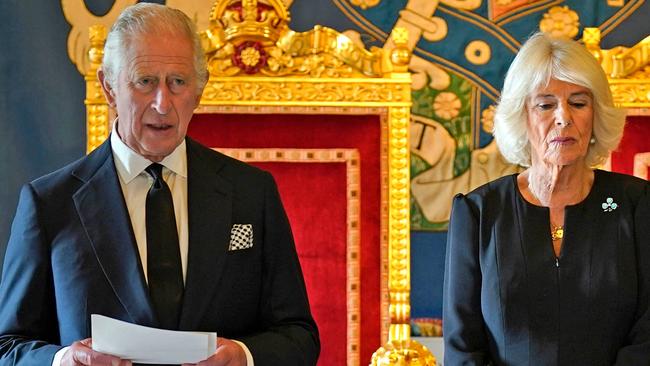
With grief written on his face, he expertly navigated between securing public confidence in the monarchy’s new era, and sharing in their sense of loss.
In every address since, he’s offered more of the same: an opportunity to see some vulnerability and emotional honesty, and a clearly-conveyed sense of appreciation for the nation’s support.
And it’s not just Charles.
William and Kate, although traditionally more candid than the new King, have become exceptionally personal with a number of fellow mourners during their public outings.
Take the Prince of Wales' moment with the crowd at Sandringham on Thursday.
Coming just one day after the extremely sombre royal procession behind the Queen’s coffin, during which she was taken from Buckingham Palace to Westminster Hall, William confessed to a local woman that the overwhelming task had reminded him of his mother’s funeral – and that it had been “very difficult”.
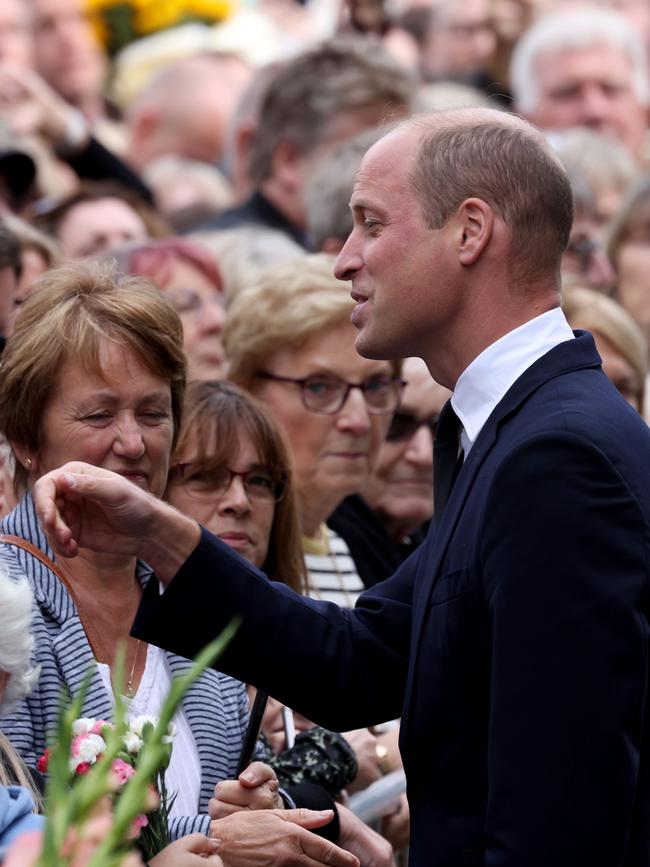
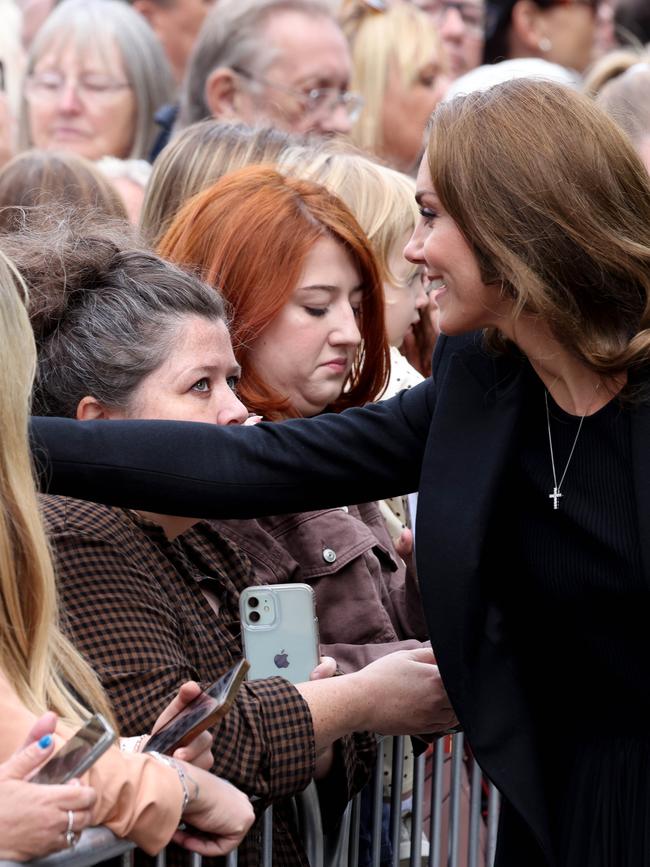
In another unexpected moment, as a member of the public began to break down in tears in front of him, the emotional prince responded: “Don’t cry now – you’ll start me off.”
On Friday, Kate admitted to members of the Australian Defence Force, who were preparing to take part in Monday’s state funeral, that “going from [the Jubilee] to this in a few months is very strange”.
Scattered throughout the week have also been the numerous and extremely personal tributes delivered by the Queen’s closest relatives, including Charles, William, Harry, Princesses Beatrice and Eugenie, and the Earl and Countess of Wessex.
Basically, the royals’ output over the past week means for once, they’ve read the room.
And it’s been extremely well-received.
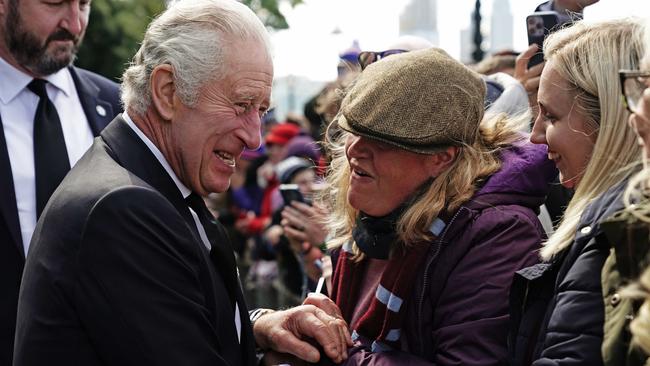
But this could have even greater implications beyond the mourning period for the Queen.
We could very likely be seeing one of the first major hallmarks of King Charles III’s reign: a greater connection between the royals and the people of the UK.
The Queen’s popularity survived and thrived on her ability to adapt to changes in the public mood.
During the less-deferential period around the Swinging ‘60s she made major changes to the Royal Family’s accessibility – taking on a more visible approach to public events, and introducing her famous “walkabouts” (a now-commonplace and extremely popular royal activity) in a bid to herald in the new era while strengthening the monarchy.
The Queen also took the groundbreaking step of allowing the BBC to film the royals at home for a documentary called the Royal Family, which showed them as ordinary people, including scenes of Prince Philip barbecuing sausages on the grounds of Balmoral.
And it worked.
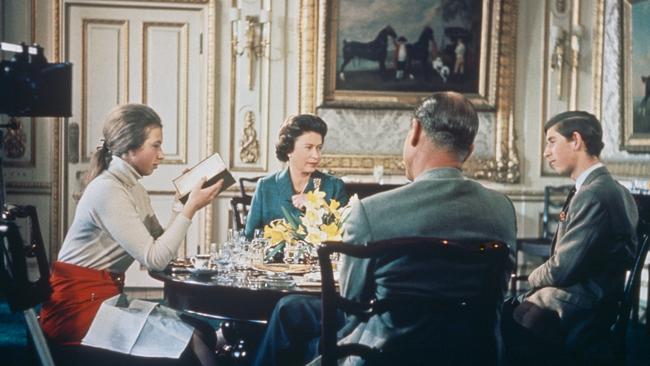
Given that he was the longest heir-in-waiting, there was plenty we already knew about what to expect when it finally came time to welcome in King Charles.
He’s made it very clear over the years that he wants to see the monarchy slimmed-down (the optics of endless cousins and great-grandchildren being paraded in front of a taxpaying-public are not great), and it’s understood he’d already been using his influence with the Queen in recent years to get the ball rolling.
Take the Platinum Jubilee traditional Buckingham Palace balcony appearance just a few months ago, in June.
The crowds only saw the Queen, flanked by Charles, his wife, Camilla, Prince William, Kate, Prince George, Princess Charlotte and Prince Louis, and a small handful of others.
That’s a huge contrast to previous events, where crowds saw all the working royals, along with the Queen’s grandchildren, great-grandchildren, plus her cousins and their families.
And it’s been reported this week that, while no official announcement will be made until the mourning period for the Queen ends, he’s already made the decision to proffer the “Prince” and “Princess” titles to Harry and Meghan’s kids, Archie and Lilibet – but no “HRH” status.
The point is, just over one week in to King Charles’ reign, it appears we’re already seeing a reformation in the Royal Family. With William’s era as King not so far away (the Queen’s reign started when she was 25 – Charles took over at 73), and based on his increasing moments of vulnerability with the public, that transformation is likely to keep gathering pace.
More Coverage
Originally published as How King Charles III has already made massive changes to Royal Family



